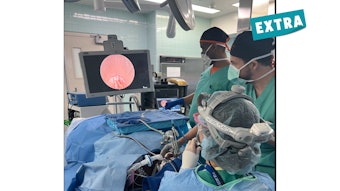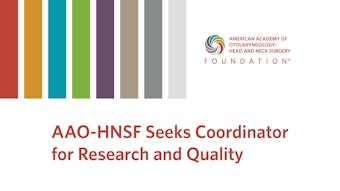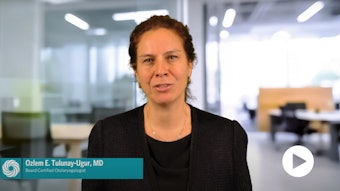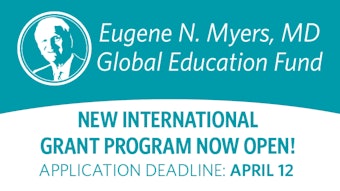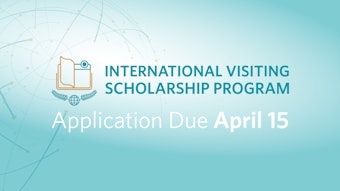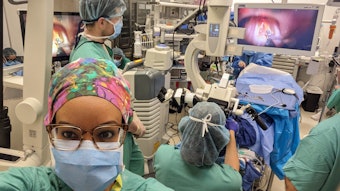Entering the AI Age
How artificial intelligence is transforming otolaryngology.
Alexander Rivero, MD, and Matthew G. Crowson, MD

AI encompasses algorithms and computational models that enable machines to perform tasks akin to how humans generate predictions based on a set of information. Machine learning, a subfield of AI, empowers systems to learn from data, identify patterns, and make predictions on new data. In healthcare, machine learning holds promise for enhancing predictions to augment diagnostic accuracy, improving treatment outcomes, and optimizing clinical workflows.
One of the themes explored during the panel discussion was the role of AI in early detection and diagnosis, particularly in laryngology. AI algorithms are increasingly proficient in analyzing images, video, and voice data to identify pathologies with state-of-the-art precision. By leveraging advanced image processing techniques and deep learning algorithms, AI platforms can swiftly detect subtle abnormalities indicative of laryngeal disorders, such as early vocal cord cancers. This could enable clinicians to make timelier and more accurate diagnoses, thereby facilitating prompt initiation of appropriate therapeutic interventions.
Furthermore, the panel highlighted the significant advancements in AI-driven intra-operative decision support systems. By harnessing real-time data integration and sophisticated machine learning algorithms, AI platforms might aid surgeons in anatomical landmark recognition and procedural guidance during surgeries. This technology empowers clinicians to navigate complex surgical scenarios with greater confidence and precision, ultimately enhancing patient safety and surgical outcomes.
However, amid the excitement surrounding AI adoption in otolaryngology, the panel underscored the critical importance of ensuring the safety, quality, and ethical integrity of AI-driven solutions. Central to this discussion was the necessity for unbiased data sets and the thoughtful design of algorithms to mitigate the risk of bias and ensure that existing disparities in healthcare delivery are not amplified. Moreover, safeguarding patient privacy emerged as a paramount concern, necessitating stringent protocols for data security and confidentiality throughout the AI implementation process.
The panel provided invaluable insights into the transformative potential of AI in otolaryngology-head and neck surgery. AI is poised to revolutionize the field by augmenting clinical capabilities and improving patient outcomes through making better predictions. Nonetheless, as we embrace this AI age, we must prioritize ethical considerations, uphold data integrity, and safeguard patient privacy to realize the full benefits of this groundbreaking technology. As we continue to navigate the evolving landscape of AI, collaborative efforts among clinicians, researchers, and technology developers will be essential in harnessing AI's potential to advance patient care and propel our field into a new era of innovation and excellence. We look forward to continuing this discussion in future panels at the Annual Meeting & OTO EXPO in Miami in 2024!





